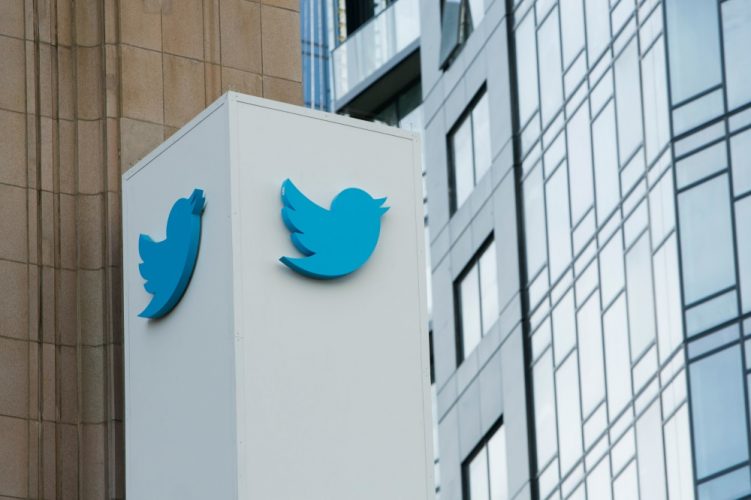Twitter Shows It Has a Real Business

This article first appeared in Data Sheet, Fortune’s daily newsletter on the top tech news. Sign up here.
I’m going to stick with the positive—I crowed yesterday about the non-demise of Snap (snap), whose shares promptly dropped 7% in a sea of red Thursday—and talk today about the only green spot on my screen. I’m referring, of course, to Twitter, up 12% because it delivered the kind of surprise Wall Street likes.
That unexpected occurrence was Twitter having reported a rare profit, even if it was attributed not to impressive revenue growth (it was minuscule) but to lower expenses, largely due to decreased stock-based compensation. Twitter also grew its user base a bit and demonstrated an ability to improve its product. Longer messages, increased video inventory, and cleverer displays of messages all contributed to a sense of momentum at Twitter.
I’ve long said that Twitter, with its 300-million-plus users and nearly $ 3 billion in annualized revenues clearly has a business. Whether it grows and if it invests like a startup or a real company have always been the question marks. But at some level, with that kind of audience and that kind of sales volume Twitter (twtr) has a business.
The market currently values that business at $ 22 billion, which hardly counts as a failure.
I read in The Economist that “tech firms have captured 42% of the rise of the value of America’s stock market since 2014.” If true, that’s astounding. The magazine’s point, by the way, is that such performance is unsustainable, and it may be right. But still.
Ho hum, Alibaba (baba) made another half-a-billion-dollar investment, this time in a retail-oriented data company, Shiji Retail Information Technology. Watch for Tencent to invest $ 750 million in something similar soon.
Have a good weekend.
